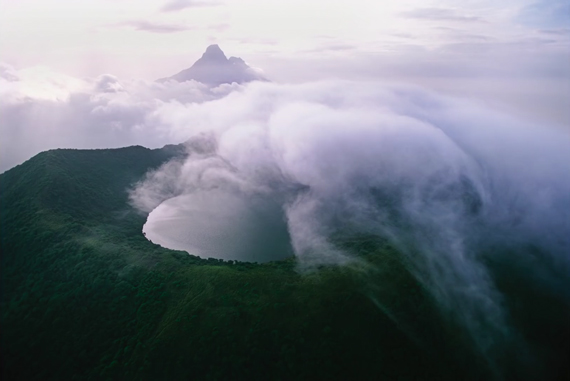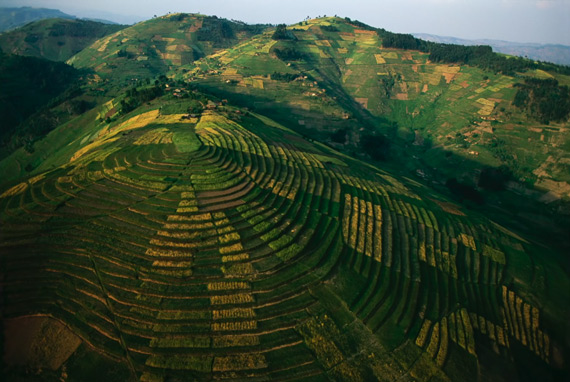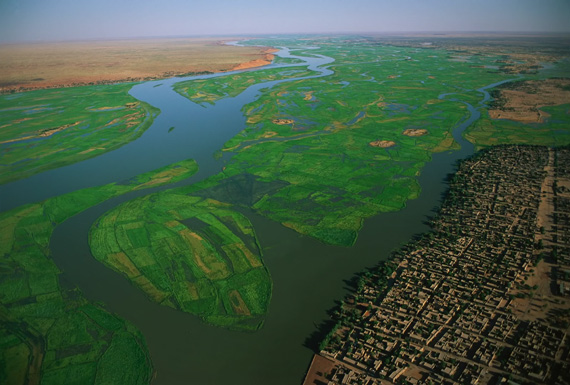What seems normal for a local person can be viewed in a totally different way by an outsider. American photographer George Steinmetz. an outsider to Africa, photographed the continent in an unusual way: from the air using a motorized paraglider. Steinmetz shares his experience in the following TED Talk:
While he was on a yearlong hitchhiking trip in 1979, Steinmetz often made the Mzungu ride on the roof of trucks and trains, and he liked the views he saw from up there. Then he thought about the view he could get if he could fly over landscapes like a bird. Later, when he turned into a professional photographer after 20 years, he was able to talk to National Geographic for a story in the central Sahara for which he got the motorized paraglider.
The paraglider flew at about 30 miles per hour for about two hours with 10 liters of fuel. Steinmetz appreciates the unobstructed view that he could get with that machine; it allowed him to get beautiful shots from an angle that was not previously possible. What was more special about the paraglider was that it was almost perfect for him; an airplane would be too fast, and a helicopter would be too loud. The paraglider opened up a new way of seeing remote parts of the African landscape.
Steinmetz also shares that he loved to shoot from altitudes between 200–500 feet. This altitude allowed him to see the world “three dimensionally,” at a human scale. Some might argue that those kinds of shots would be possible using a drone. However, drones have only about 20 minutes of battery life, only three kilometers of range, and a small screen to view.
Here are some photographs that Steinmetz has taken using his motorized paraglider:
“In a continent as dynamic and diverse as Africa, sometimes it seems that the only constant is change. But one thing I’ve learned is that Africans are the ultimate improvisers, always adapting and finding a way forward.”
Like This Article?
Don't Miss The Next One!
Join over 100,000 photographers of all experience levels who receive our free photography tips and articles to stay current:










Leave a Reply